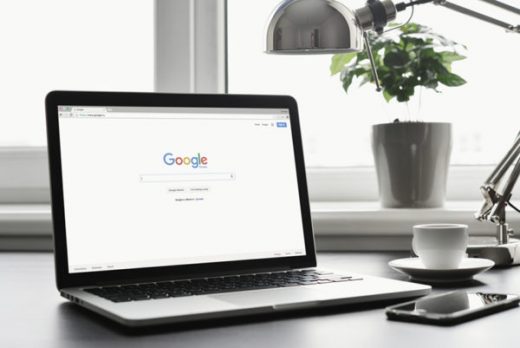What You Need to Know about Google’s New Desktop Search Interface
— December 29, 2016

If there’s one thing you can count on with Google, it’s that the search king will always change.
It changes its algorithm. It changes its offerings. It changes its looks.
The latest change is an update to the search interface, which is what you see when you go to the main Google page and enter your search terms. The details are tentative so far, but here’s what we know so far about Google’s new desktop search interface:
New Look
At first glance, you might not notice much difference in the new interface compared to what Google has always offered.
However, if you look more closely, you’ll notice that the interface is a bit more boxy than the standard Google search page.
The page is set up as if there is an imaginary grid on it, and each of the elements is arranged within that grid. You’ll see the same knowledge grid at the top right of the page, and the search results will be contained within the other box on the rest of the page.
Features like “People also ask,” the Twitter carousel and answer boxes also appear on the page where appropriate, breaking up the search results.
The layout has a more resource-intensive look about it, rather than a simple list of search results. The same results are there, but they are broken up with other features that showcase pages in a different way, such as in the image search or the social links.
These are results that Google has always offered, but they are presented in a new layout.
New Features
Google has tweaked some of the features slightly on the new interface.
For example, instead of seeing a little gear icon in the upper right of the page, you now see the word “settings.” Click on it and you’ll get options for search settings, languages, turning on safe search, advanced search, history, and search help.
The consensus seems to be that changing this to “settings” makes its purpose clearer and drives more users to it.
The new layout also introduces top stories boxes that include a small photo, a headline, the name of the source, and a time stamp. These boxes are included near the top of the page in the middle of the search listings.
We’re sure that even more features will be introduced as the layout is made more widely available. Right now, only some users are seeing the new layout, so it remains to be seen exactly how different the layout will be and the features it offers.
Changing SEO
Right now, it doesn’t seem clear how the new Google layout will change the way marketers need to approach SEO, if at all.
Google is mostly offering the same features, just in a different layout.
Marketers should pay attention to the fact that there are more rich features inserted throughout the page, breaking up the search results and essentially pushing them down.
That means that it is even more important to get your site to rank as high as possible on the page. It won’t be enough to get on the front page of the SERPs. You also need to rank in the first three of the results.
You also need to explore ways to get featured in some of the boxed content, such as the news stories, images, videos, knowledge grid, and more. That means including a lot of different content on your site, not just content, and making sure that all of it is optimized for your keywords.
Instead of having just one SEO strategy, you should consider dedicating resources to each of the ways you can rank. Then you can employ a strategy for each, and you can track and measure each of them.
It is also important that you pay careful attention to your mobile SEO strategy. No information has been shared about how the new layout will appear in mobile, so we don’t yet know what will be changed there, if anything.
However, you should be running tests in mobile to see how your page appears in results as a consumer, as well as looking at your analytics to see how your page is performing in SEO.
The layout change isn’t groundbreaking, and it’s not likely to significantly change the way users interact with Google or the way that marketers approach their SEO. However, it does represent an incremental change that continues on the path forward, and it is important that you make whatever incremental changes are needed on your end to keep up with it. Otherwise, you may find yourself left behind.
Keep watching Google for news, and watch this space for information on how changes will impact your marketing.
Digital & Social Articles on Business 2 Community
(25)


